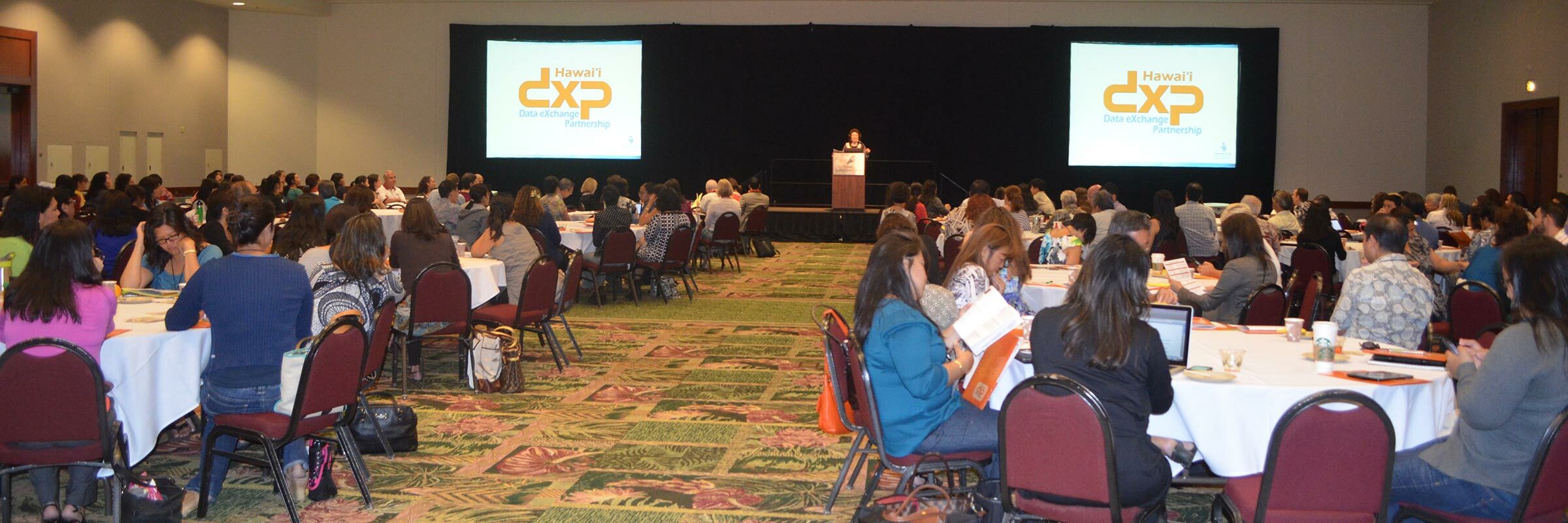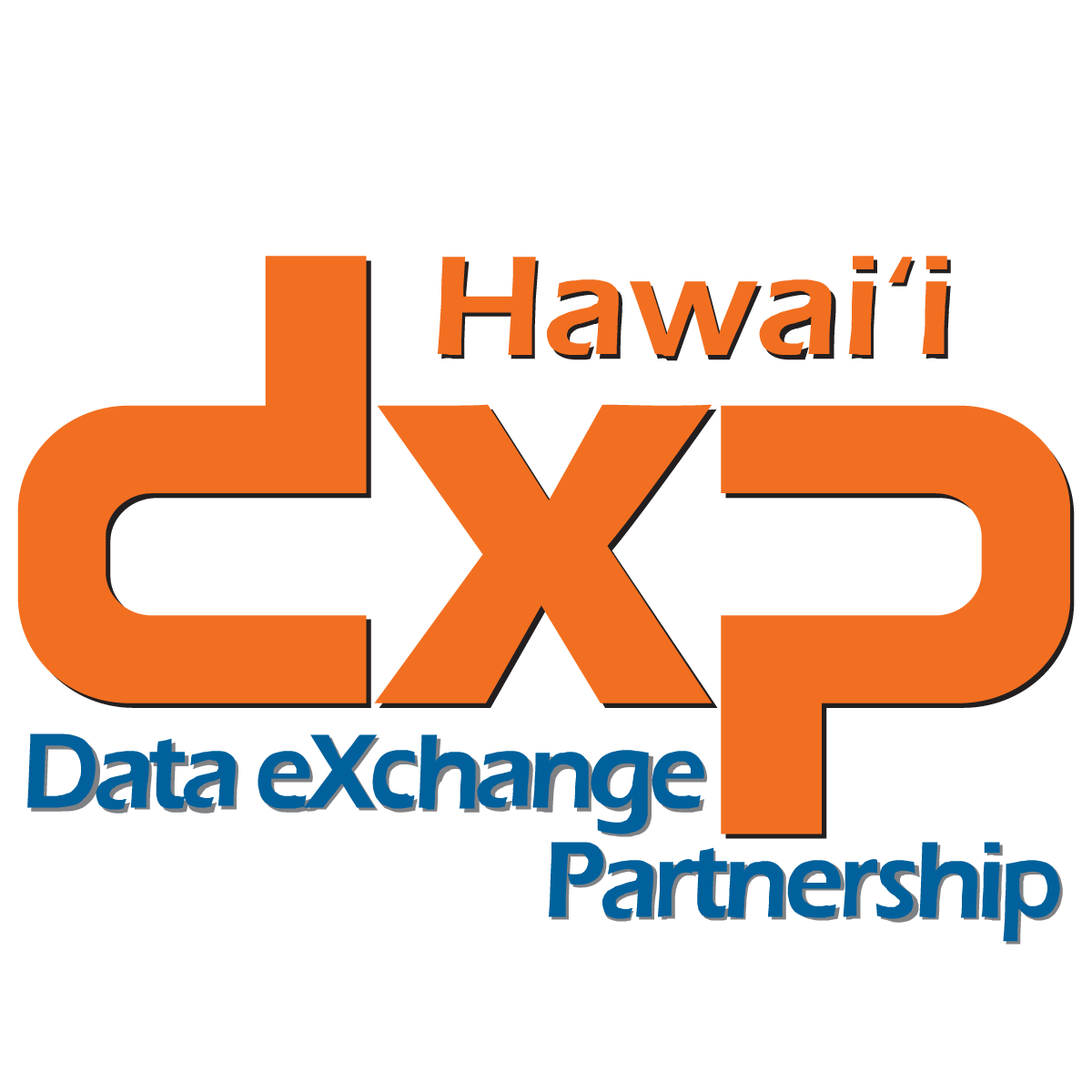History of Hawai‘i DXP

The state of Hawai‘i received its first federal Statewide Longitudinal Data System (SLDS) grant in May 2009. The State Legislature requested that Hawai‘i P-20 Partnerships for Education convene the appropriate state agencies to examine programs that track the progress of student cohorts and begin to develop a statewide longitudinal data system beginning with early childhood programs through grade twelve and beyond, to higher education, and into the workforce.
The Memorandum of Understanding (MOU) establishing the DXP was also signed in 2009 by three partners: the Hawai‘i State Department of Education (HIDOE), University of Hawai‘i (UH), and the State of Hawai‘i Department of Labor and Industrial Relations (DLIR).
In April 2010, the Hawai‘i State Legislature directed HIDOE, UH, DLIR, and other appropriate agencies to share data at least annually to support research to improve educational and workforce outcomes (Hawai‘i Revised Statutes § 27-7). The Hawai‘i State Department of Health (DOH) and the Hawai‘i State Department of Human Services (DHS) formally joined the DXP in 2011.
